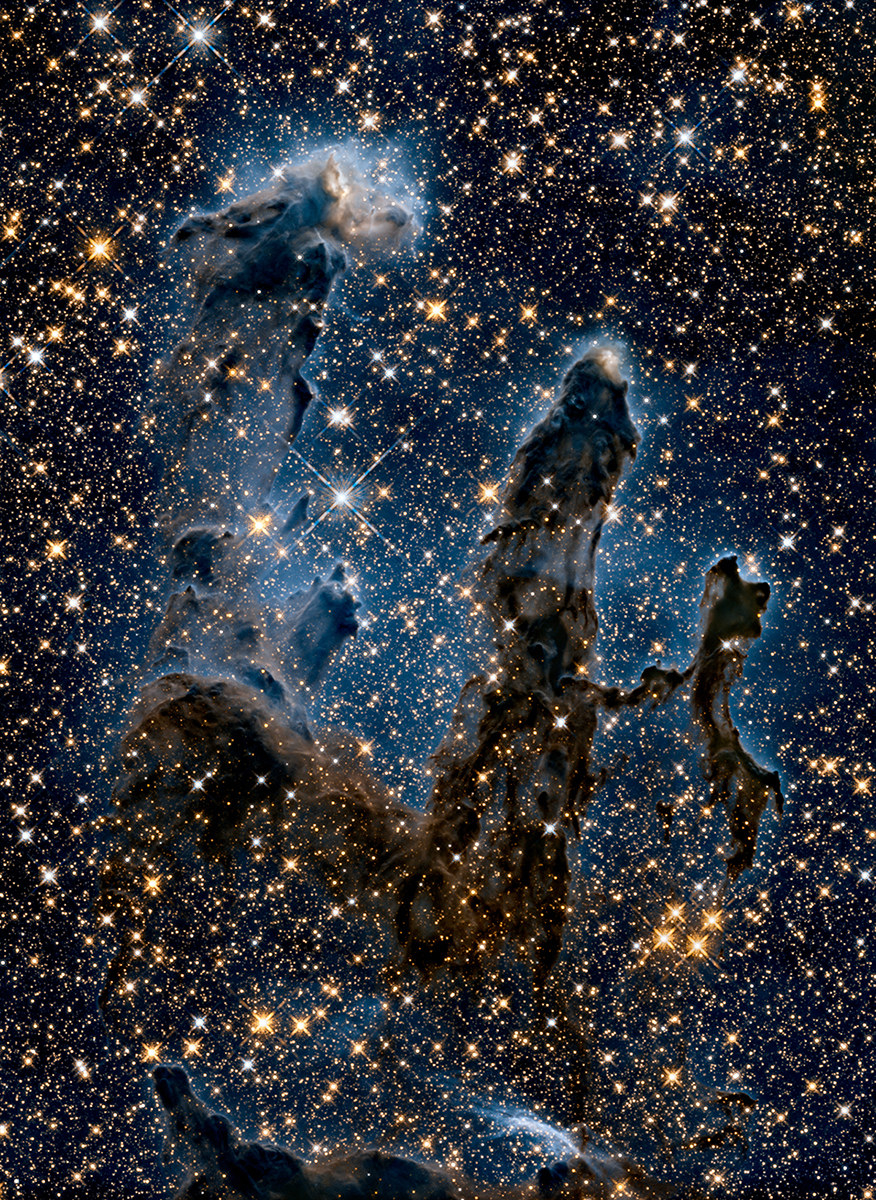Unless otherwise noted, all facts are sourced from NASA.
1. These are stars. They're engines of cosmic energy. You've probably seen them before.
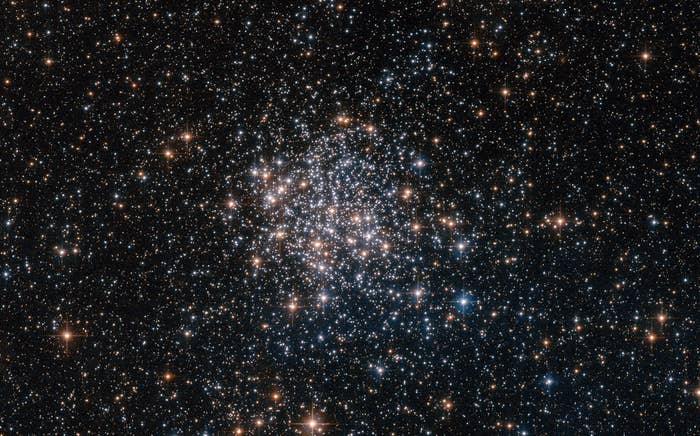
2. But just in case you haven't, here's one up close. This one is orbited by Planet Kepler 10b between the Cygnus and Lyra constellations. Hi, star!
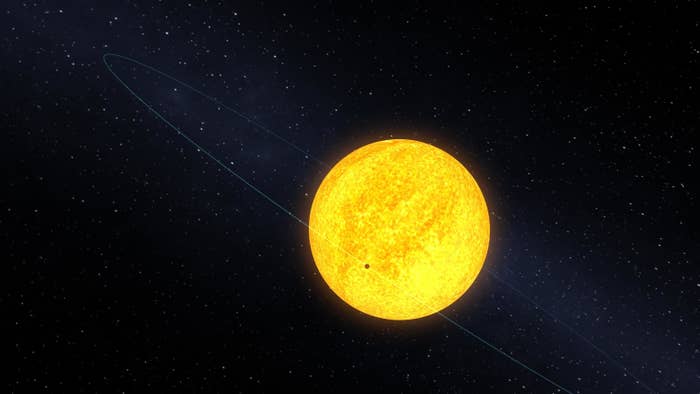
3. But like most things, stars don't just pop into existence at some point. They are born. A star might form in a vast swath of clouds such as the Carina Nebula, which is an interstellar nursery for cosmic bodies such as stars and planets. Pretty, isn't it?
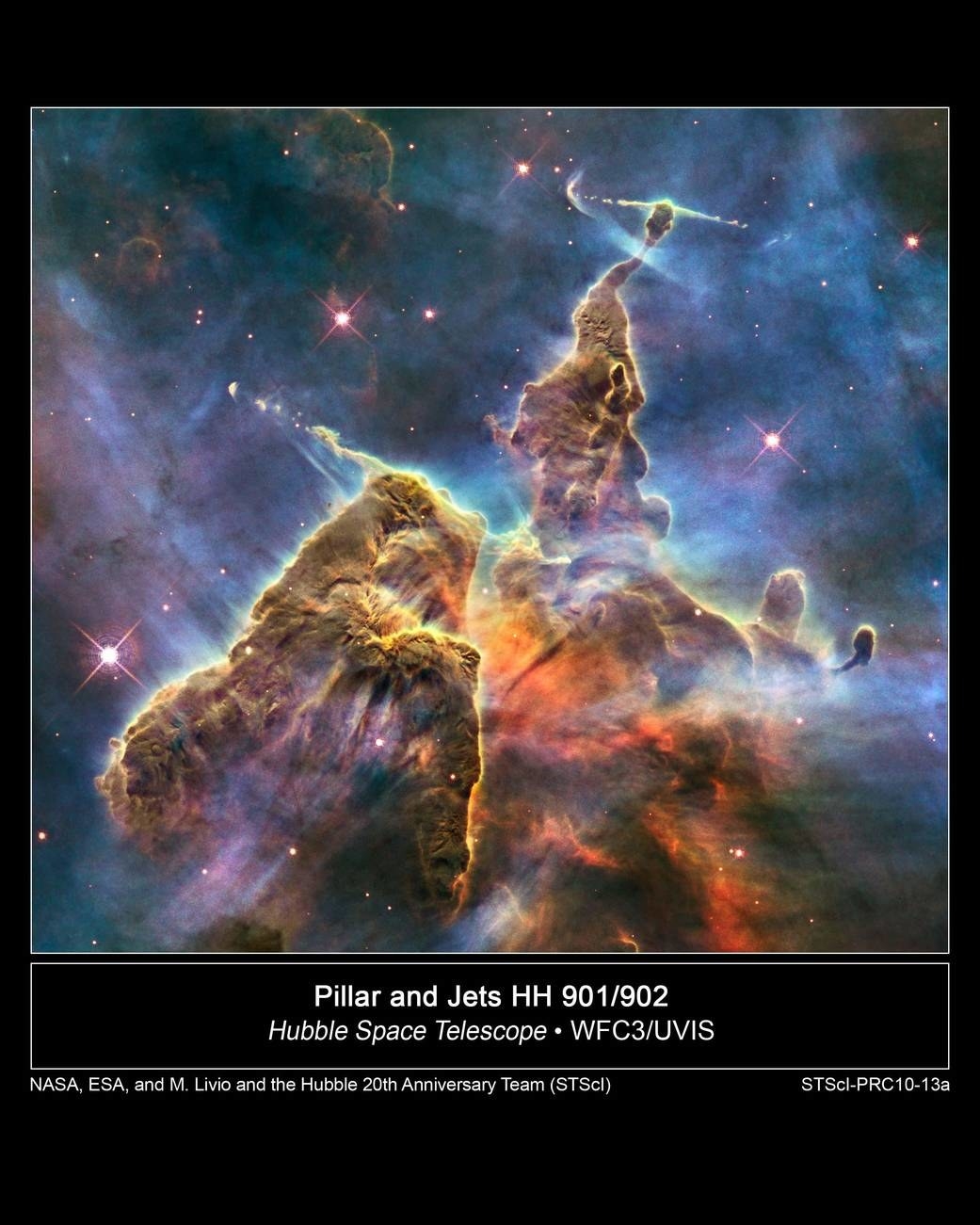
4. These "star nurseries" are not static. Clouds shift and move and dance around, and when a knot of sufficient mass forms, the dust and gas collapse together. As it collapses, the center heats and forms a very hot core.

5. Science calls this a protostar — a hot core at the center of the cloud that might one day become a star. You can also call it a heart, or a child, or a caterpillar, or just anything with the potential to blossom into something more astounding than you could ever imagine.

6. Especially because the residual gas and dust might form more stars, or even planets, asteroids, and comets. Friends!
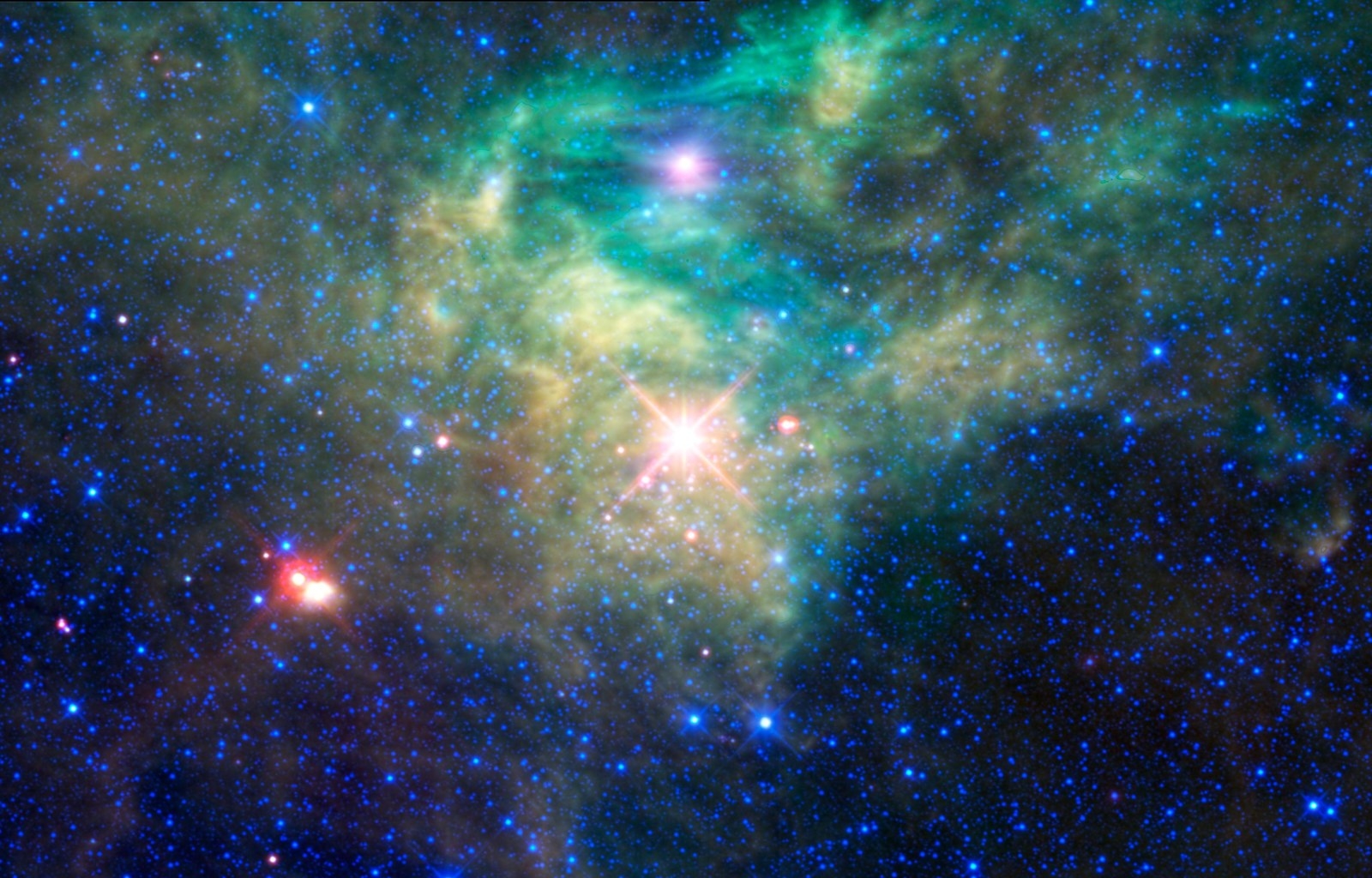
7. Once a star is a star, the energy that flows from its center keeps it from collapsing in on itself.
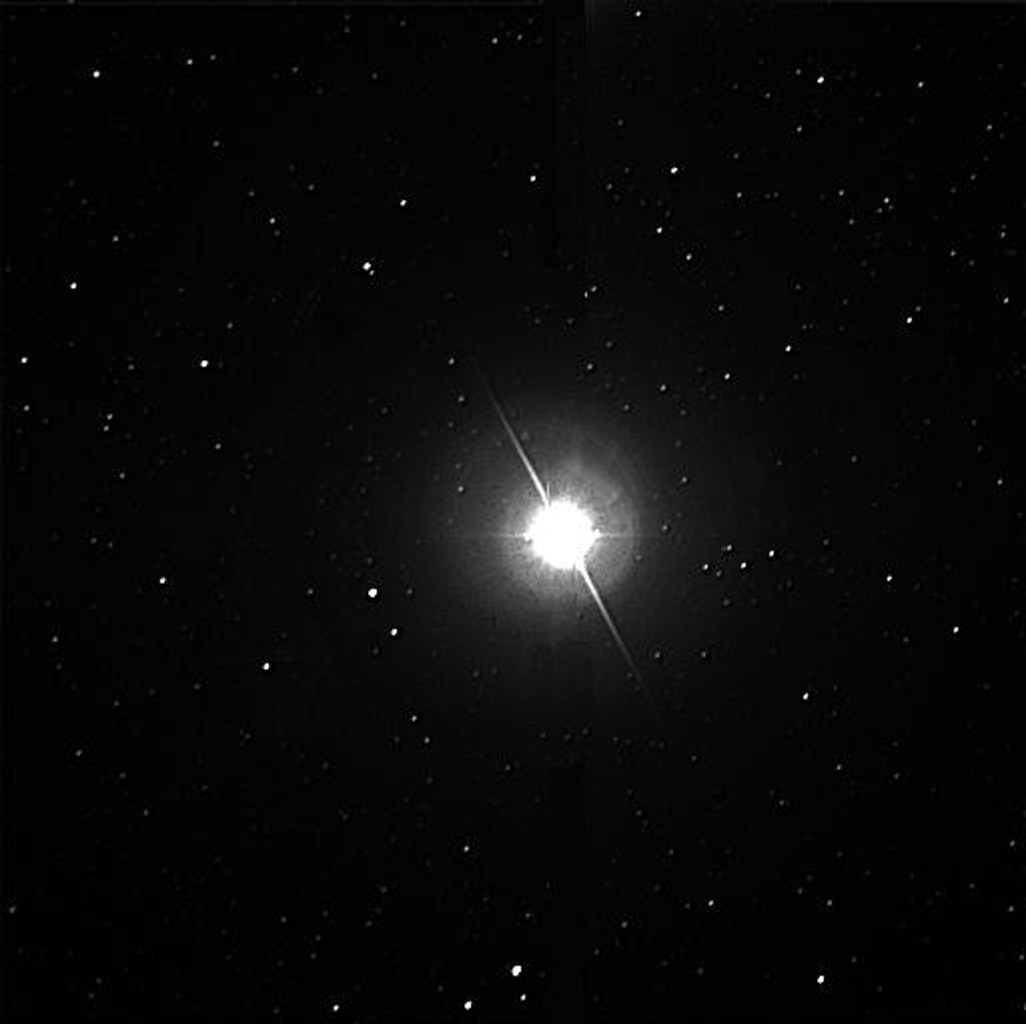
8. That force that keeps it alive is also the light by which it shines.
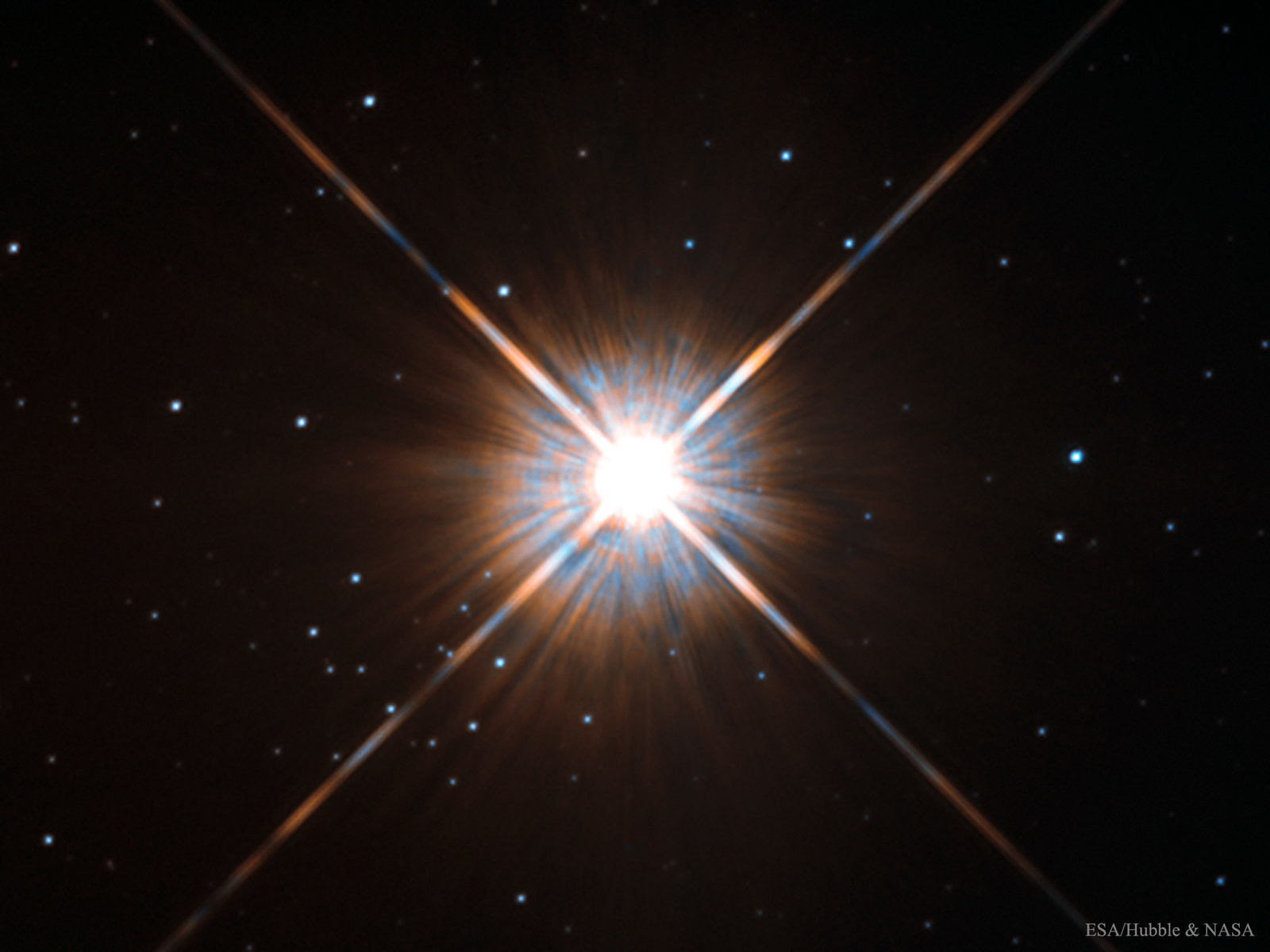
9. So yes, stars are kept alive by the power of their own light. Every single one of them.
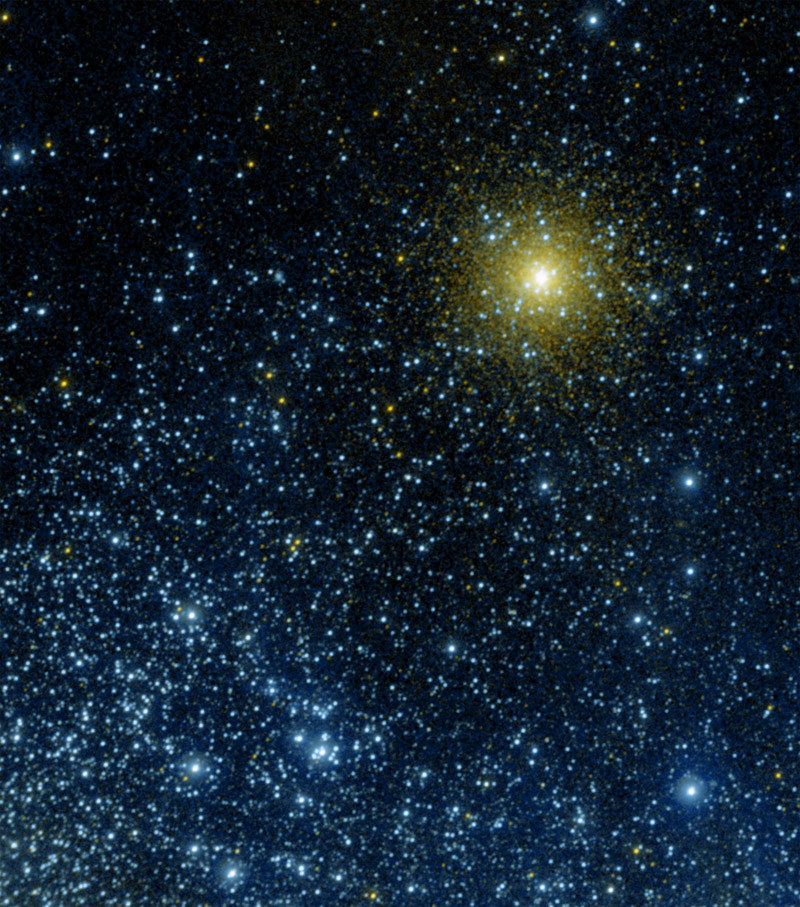
10. The smaller the star, the longer it shines.
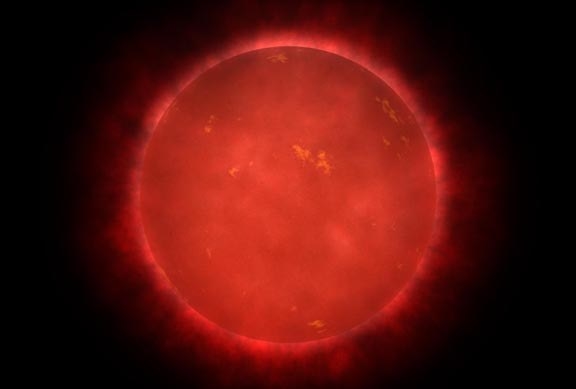
11. The larger its mass, the brighter and shorter its life.
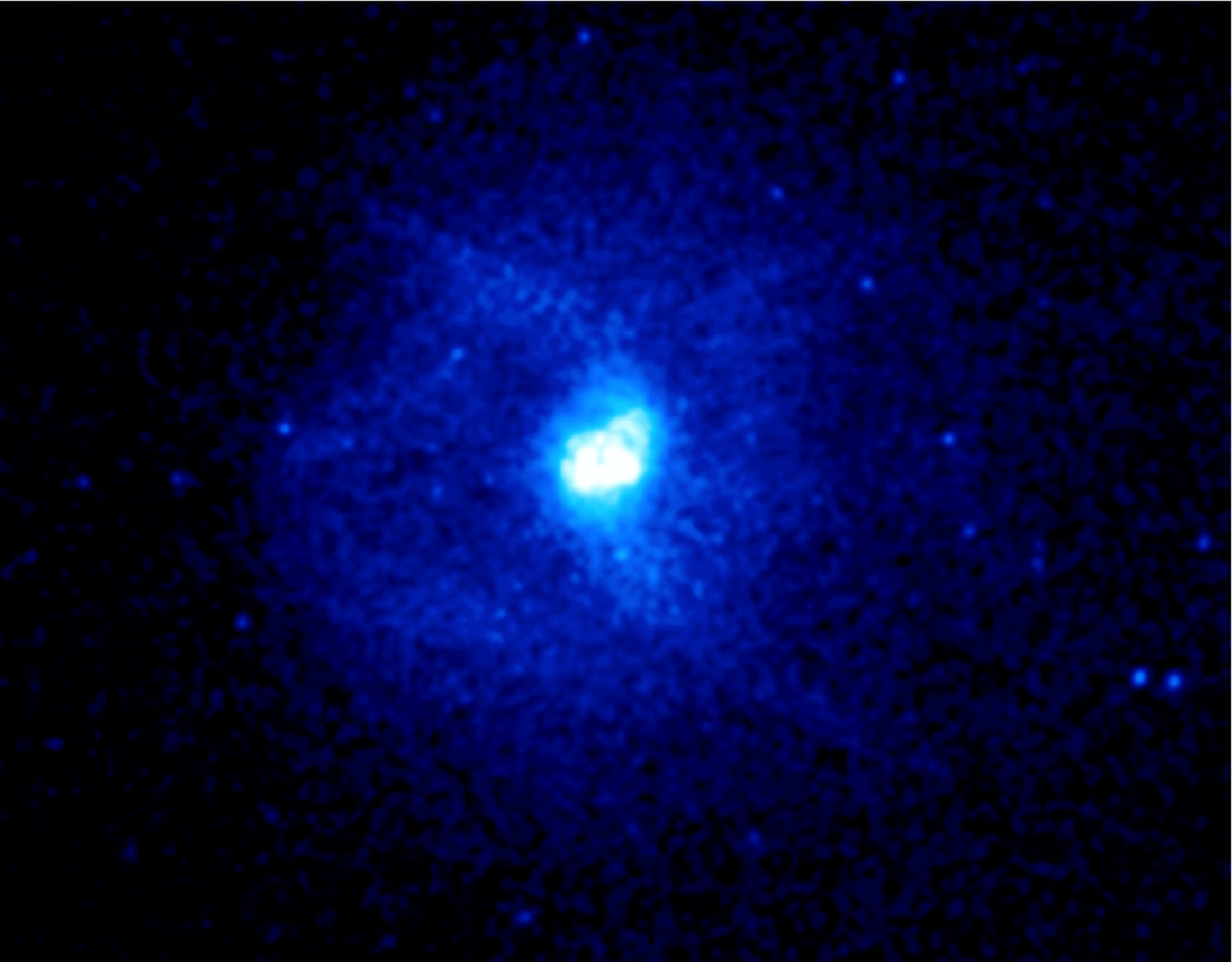
12. But all things must die, including stars. Their death begins when they use up all the hydrogen in their core. Then, nuclear reactions stops and the star begins to collapse.
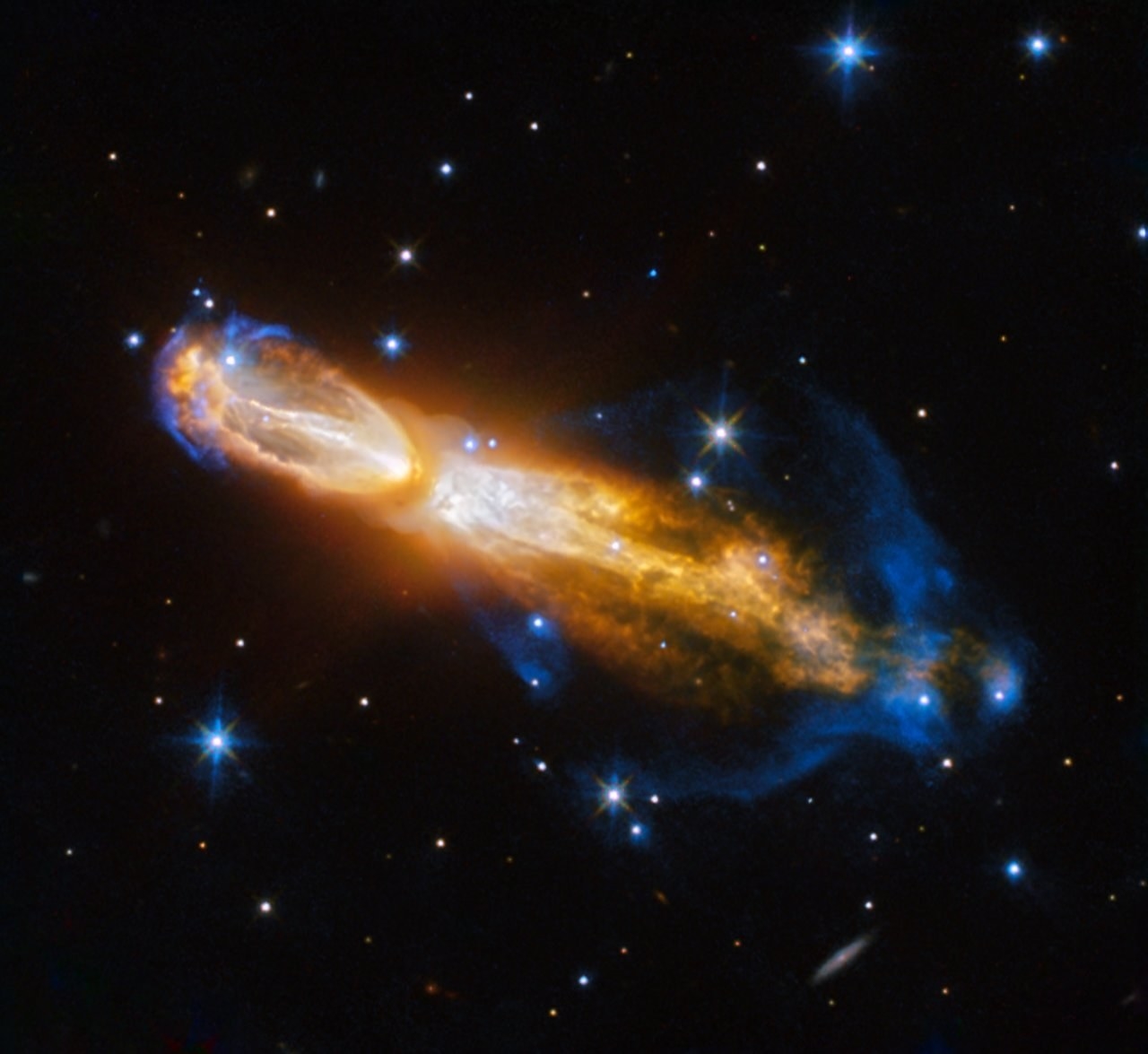
13. Average stars (like our sun) will become White Dwarfs. They're faint and small and almost ghostlike against the vibrancy of other cosmic objects. Eventually they fade into nothing.

14. But if a white dwarf is close to another star, it might strip the helium from a neighboring star and wrap itself in it. When it accumulates enough, nuclear fusion occurs and the white dwarf brightens and expels its outer layer to create a novae.
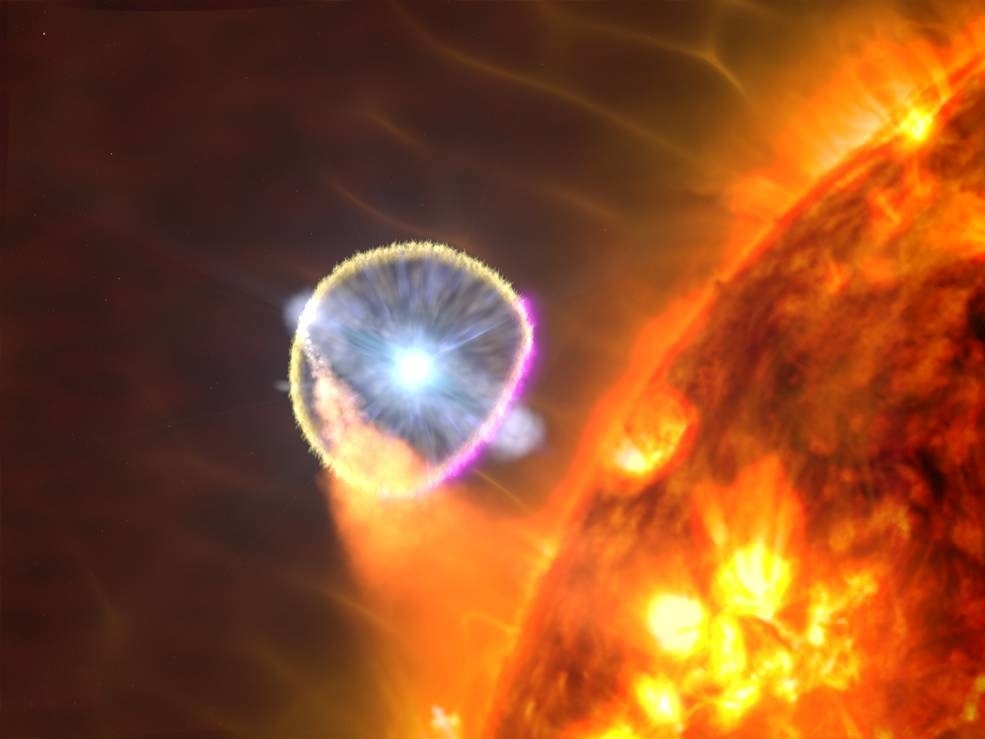
15. But that's just your average star. Large stars (and large white dwarves) will eventually explode their cores entirely to form a supernova.
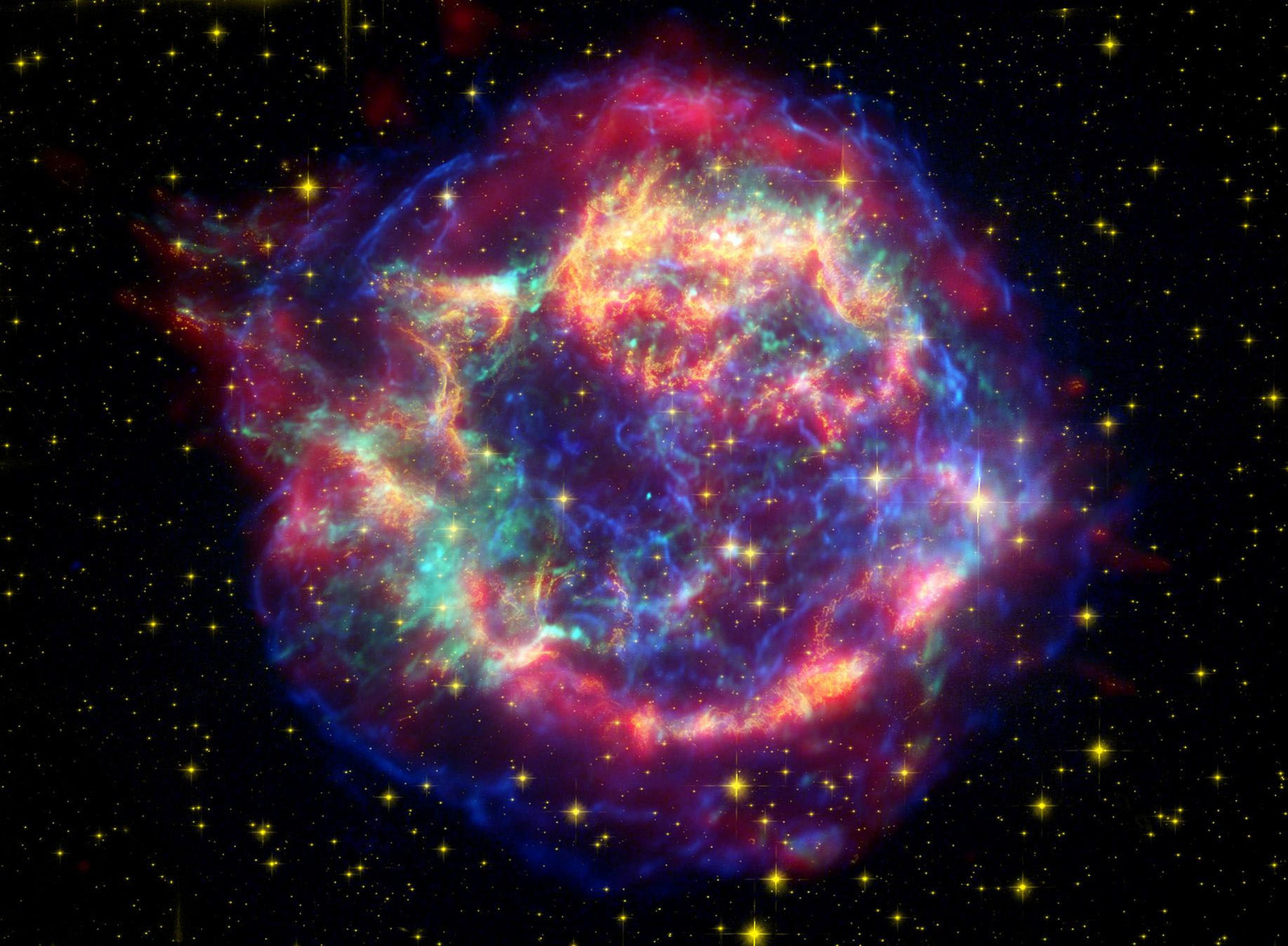
16. From there, depending on the mass of the core of the supernova, shenanigans like neutron stars and black holes can form.
17. And it's the stardust leftover from novae and supernovae that eventually give birth to new planets and new stars. And the cycle begins anew.
